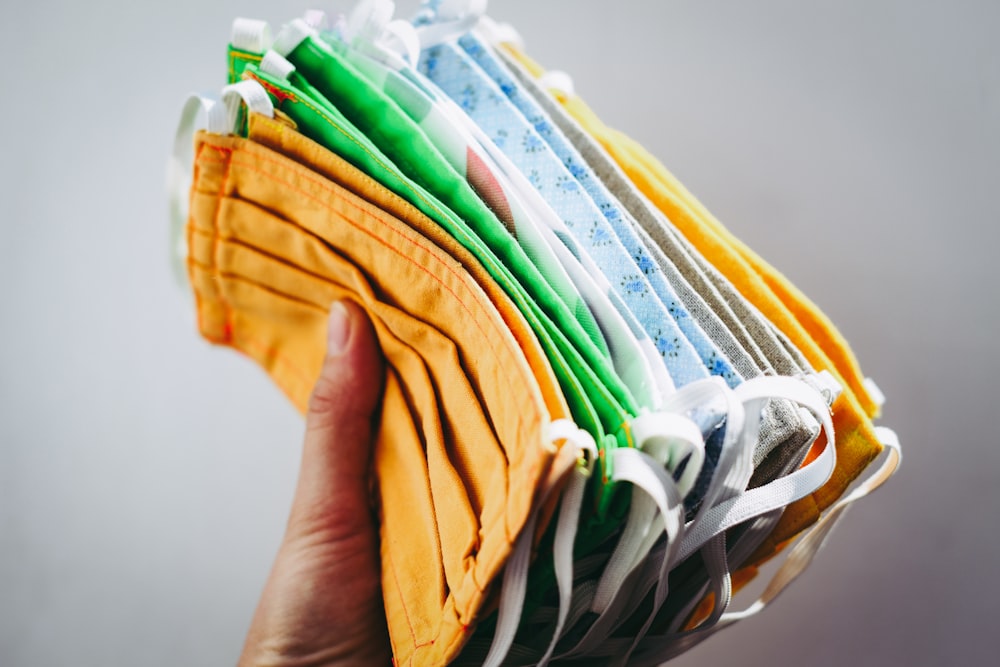- What is PPE?
- Why is personal protective equipment important?
- What do face masks do?
- Do face masks actually work?
- Do face masks work against germs?
- How long can you wear a disposable mask?
Table of contents

COVID-19 is an infectious disease virus that is transmitted through close contact between people, droplets and some airborne transmission during procedures and treatments. Effective preventative measures include:
- Maintaining physical distancing (a minimum of 1 metre)
- Frequently performing hand hygiene (use alcohol-based rub or wash hands with soap and water)
- Routinely cleaning and disinfecting environments
- Avoid touching eyes, nose and mouth, coughing or sneezing into a bent elbow or a tissue
- Using Personal Protective Equipment
What is PPE?
PPE is Personal Protective Equipment worn on the body to protect the wearer from infectious diseases as it creates a barrier
– PPE includes
– Gloves
– Gowns
– Surgical masks
– Respirators
– Face shields
– Eye protection (goggles)
Why is personal protective equipment important?
One should use PPE as a protective measure from infectious diseases to block the transmission of contaminants. It is important to use PPE to protect oneself and to slow and/or prevent the spread of infectious diseases.
What do face masks do?
Face masks help prevent the spread of one’s own infectious respiratory droplets to others, to their surroundings and vice versa. They prevent transmission of the virus and can save lives.
Do face masks actually work?
Face masks provide some protection against respiratory droplets of others and create a form of a barrier between the user’s particles and the environment but it is not proven that they provide complete protection as the level of protection is dependent upon the material used, size, fit, etc.
Do face masks work against germs?
Face coverings help reduce the spread of respiratory droplets, they’re an additional personal practice along with proper handwashing and social distancing. Face masks alone are not sufficient to provide protection against viruses, they are to be used as part of a comprehensive strategy to prevent transmission. It is essential to understand the basics of how to wear a mask: begin with cleaning your hands, ensure that your mask covers your nose, mouth and chin, clean your hands again after removing the mask.
How long can you wear a disposable mask?
A disposable medical mask is for single use only and should be disposed of after each use. Medical masks are recommended for health care workers, anyone who is feeling unwell or is caring for someone with COVID or suspected COVID, people over 60, and people with an underlying health condition.
Fabric masks are recommended for the general public. Fabric masks should be cleaned once a day with soap/detergent and preferably hot water.


